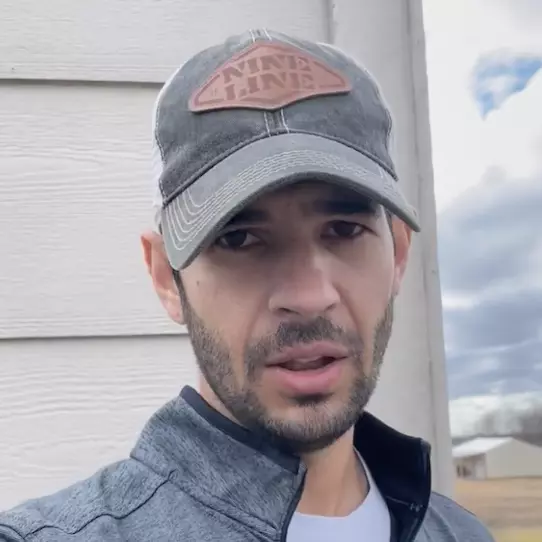Insurance adjusters can make a ton of money, work flexible hours, and never be affected by the economy. This guy—Matt Rau—would know. Eight years ago, he was a welder in Colorado. Hated it. The commute, the long hours, the backbreaking work, all for a puny paycheck that barley covered the bills. Had to be something else out there. That’s when he heard about this insurance adjusting school that was taking place in Denver, not far from where he lived.
Screw it, couldn’t be any worse than what I’m doing now, he thought. So he attended, liked what he heard, came back, quit his job, and decided to become a full time insurance adjuster. Made a ton of mistakes early on. Got better over time. Figured out what you need to do, exactly, to be successful in this space. In fact, by the end of year one, Matt had made over $100,000. “With the knowledge I’m about to give you,” he says, “you, too, can absolutely get to the same point.”
“By the way, a property insurance adjuster is an individual who inspects damage to a home,” Matt explains. “Maybe it’s from a natural disaster… or like hail, wind, fires, floods, water damage, maybe a tree fell on a roof. You name it. There’s tons of ways a home can get damaged. When an adjuster inspects a home, they’ll document the damage during the inspection, both by writing down what was damaged and by taking photos of that damage. They then write up a repair estimate that’s sent to the homeowner’s insurance company.”
There are two basic types of insurance adjusters, apparently. A staff adjuster works directly for the insurance company and gets paid on salary. The second type is a self-employed 1099 contractor. Obviously, with the latter, there’s more freedom and more upside, but you don’t just get handed work. You gotta market yourself and get in good with firms who can refer you work. More risk, more reward. So it’s not surprising that Matt went the independent route, and thinks you should too.
The earning potential’s bananas. You can make well over 6-figures your first year and scale it up every year thereafter. Matt’s single best month was over $80,000. (Hurricane.) You can choose when, where, how much, and how often you wanna work. Matt’ll sometimes do five inspections in a single day; other times, he’ll take it easy, do an inspection or two a few days a week and enjoy some downtime. Negatives? You gotta set aside your own taxes. Those aren’t taken out for you like they would be with a regular job. Also, if you take too much time off, a firm may stop sending you work.
What else? You’ll need to get licensed. Meaning, you’ll need to take and pass an exam, fill out the necessary paperwork, pay all the fees, etc. To find your exact state requirements, visit AdjusterPro.com. But it’s not just a one-and-done thing. You’ll constantly need to improve your qualifications and skills and seek out new certifications and licenses to unlock more opportunities. Yuck. Sounds too much like school to me. Anyways, once you’ve jumped through all those hoops, now you gotta apply to work with firms.
Be persistent, Matt says. Call ’em up, introduce yourself, fill out their app, ask for updates. Apply to as many firms as you can. After you finally get accepted and start getting work, you gotta stay organized AF. Document every phone call to the homeowner to schedule your inspection; keep meticulous notes; photos; everything—for five years or until the claim’s completely closed. Want Matt to fill in the gaps for you? Then buy his Full Time Adjuster course. Cost is $249. Satisfaction guaranteed. Good dude, good offer, just not for me.

